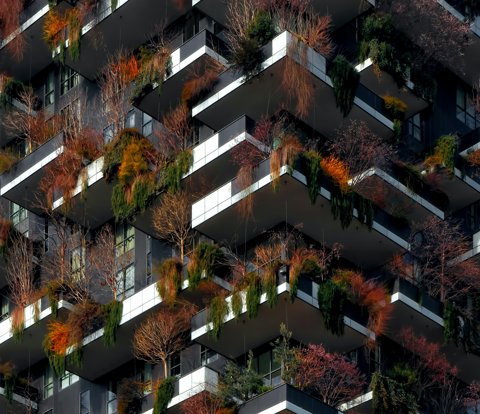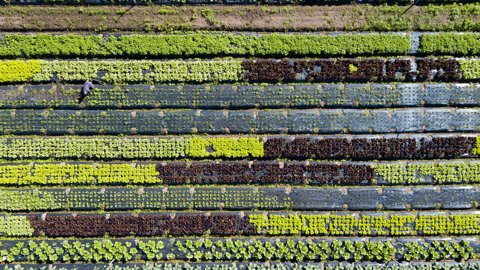APG, on behalf of it pension fund client ABP, has made a significant commitment to the PAG REN I Fund. This closed-ended fund, managed by PAG Renewables, has raised USD 550 million for the development, construction, and sale of solar and other renewable assets within Asia Pacific, particularly in Japan. Hans-Martin Aerts (Head of Infrastructure & Private Natural Capital, Asia Pacific at APG) shares more about this impact investment.
In a nutshell
- Growth in renewables is critical in APAC to meet net zero emissions targets and for energy independence, with the region to account for over half of the world’s energy generation by 2030.
- Japan, the fifth-highest energy consumer in the world, imports about 90% of its energy requirements.
- The Japanese government aims to increase the share of renewable energy generation to c. 38% by 2030, which requires about 29 gigawatts of additional solar capacity.
In addition to the investment in the PAG REN I Fund, APG, on behalf of ABP, is co-investing in a portfolio of 11 solar projects with a total capacity of 337 megawatts. Since APG was one of the first investors in this project and holds a significant share of the platform, the pension investor was able to secure favorable conditions, including the right to remain invested in the project for a longer period of time.
APG invests globally in renewable energy projects. What makes Japan such an attractive market for investing in solar parks?
“This investment allows us to benefit from compelling sector fundamentals in Japan and generate attractive risk-adjusted returns. Growth in renewable energy is critical in Asia to meet net-zero targets and enhance energy independence, with the region to account for over half of the world’s energy generation by 2030. Japan, the fifth-highest energy consumer in the world, imports about 90% of its energy requirements. Therefore, developing renewable energy is crucial to meet Japan’s growing demand for electricity, increase its energy independence, and reduce reliance on imported fossil fuels. Renewable power growth is particularly important in Japan, which uses fossil fuels for almost two-thirds of its total energy generation and has a national net-zero target by 2050. The Japanese government aims to increase the share of renewable energy generation to c. 38% by 2030, which requires about 29 gigawatts of additional solar capacity. Various government measures are being introduced to meet this target, making this a compelling opportunity.”
Why did APG choose to invest in this market through the PAG REN I Fund?
“Investing in this platform allows us to further diversify our exposure to the renewables sector and establish our first infrastructure investment in Japan. The platform, managed by PAG Renewables, is a vertically integrated operating platform with extensive experience throughout the asset lifecycle, including large-scale land acquisition, development, financing, project execution, and operations. While large developers may have the capacity and connections to handle the development process, it may not be efficient for them due to the time effort versus the project size. On the other hand, smaller developers generally don’t have access to this same benefit. Therefore, solar developments can be considered a niche opportunity for investors in the PAG REN I platform, which has the expertise, capital, and quicker decision making.”
Is the progress of the project entirely in the hands of PAG Renewables, or does APG still have some influence?
“PAG Renewables is indeed the manager, but we have a clear overview of the mandate's execution. We communicate several times a month, including about the responsible investment aspect, as it meets ABP’s criteria for impact investing. However, we do not get involved in the day-to-day management; that is PAG Renewables' responsibility. As APG, we also have representation on the advisory board of the PAG REN I Fund.”
This is APG’s first investment in Japanese infrastructure. Does this mean more will follow?
“We are already active in several asset classes in Japan, such as real estate, private equity, and capital markets. We would like to do more in infrastructure, but it is challenging to find investments that meet our return expectations. Japanese investors are able to accept lower returns than foreign investors. It may not be worthwhile for us to bid on existing projects, but it makes sense to position ourselves higher on the risk curve and engage in development projects like this one, then sell them to local investors with lower return requirements once developed. This ensures significantly higher returns for us, making it attractive within the portfolio, also in terms of diversification. If we find more investments like this, we would like to do more in Japan.”
Are these long-term investments, or is there a good chance you will sell them after six or seven years?
“We have the right to remain invested and not sell. At that time, we will evaluate the best decision: sell along with the other investors or remain invested for the long term. It is important for us to have that option, as we are a long-term investor on behalf of ABP.”



